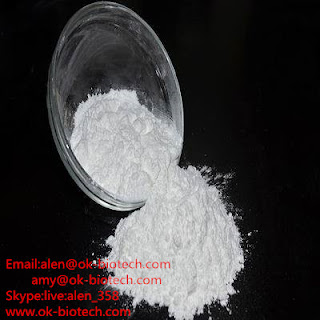Study: Nail Polish Chemical That's Also A Fire Retardant Could Mess With Hormones
Edit: Shenzhen OK Biotech Technology Co,.Ltd Date: 2015-10-21
Study: Nail polish chemical that's also a fire retardant could mess with hormones
 A new study published in the journal Environment International warns nail polish users that an ingredient in their favorite products could interfere with hormones.
A new study published in the journal Environment International warns nail polish users that an ingredient in their favorite products could interfere with hormones.
Triphenyl phosphate, or TPHP, is added to nail polish to make it more flexible and durable, and can also be used to make plastic and to prevent foam furniture from catching fire, Elle reports. Some nail polish brands started using TPHP as an alternative to phthalates, which studies have linked to reproductive problems. However, separate studies have shown that TPHP is an endocrine disrupter, and could be linked to weight gain. Some studies have shown that women process more TPHP than men, which is why scientists believe it may be absorbed through beauty products.
Duke University and Environmental Working Group researchers looked at more than 3,000 nail polishes and treatments, and found TPHP in 49 percent of the items, including some that claimed to be TPHP-free. Popular brands that tested positive for the chemical include OPI, Essie, Revlon, Orly, butter LONDON, and Wet n Wild. Researchers had 26 participants paint their nails with polish containing 1 percent TPHP, and tested their urine both before and after application. Between two to six hours after painting their nails, 24 participants had slightly elevated levels of diphenyl phosphate, or DPHP, a chemical that appears when TPHP has been processed in the body. After 10 to 14 hours, the researchers found that the DPHP levels of each participant had increased sevenfold. The participants who wore gloves while putting polish on synthetic nails did not have any difference in their DPHP levels.
The Environmental Working Group has started a petition to urge nail polish companies to stop using TPHP in their products.



评论
发表评论